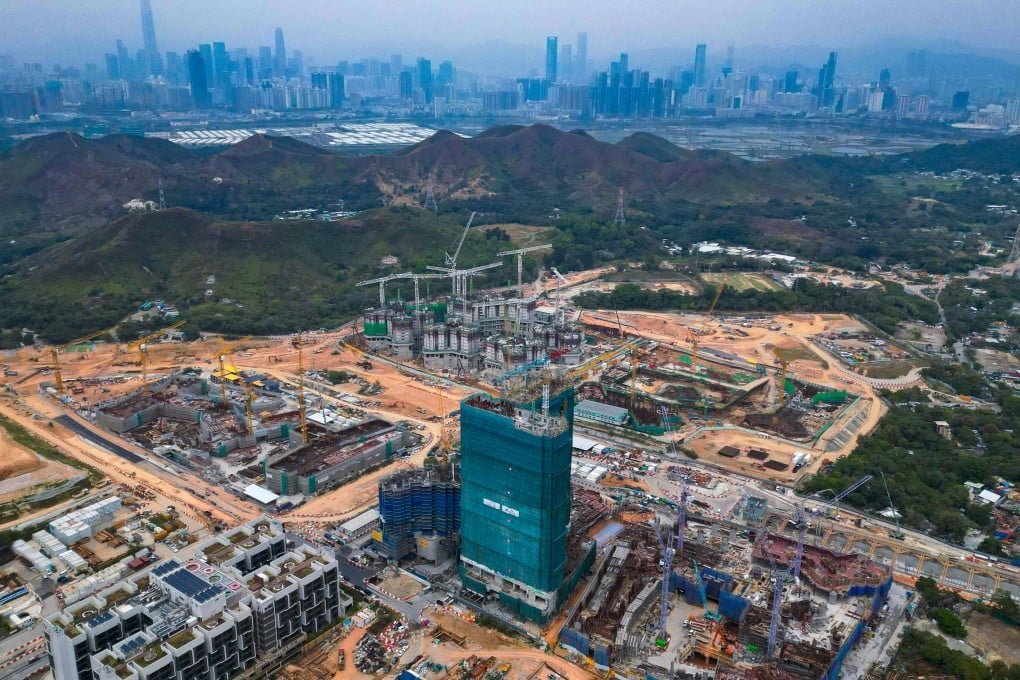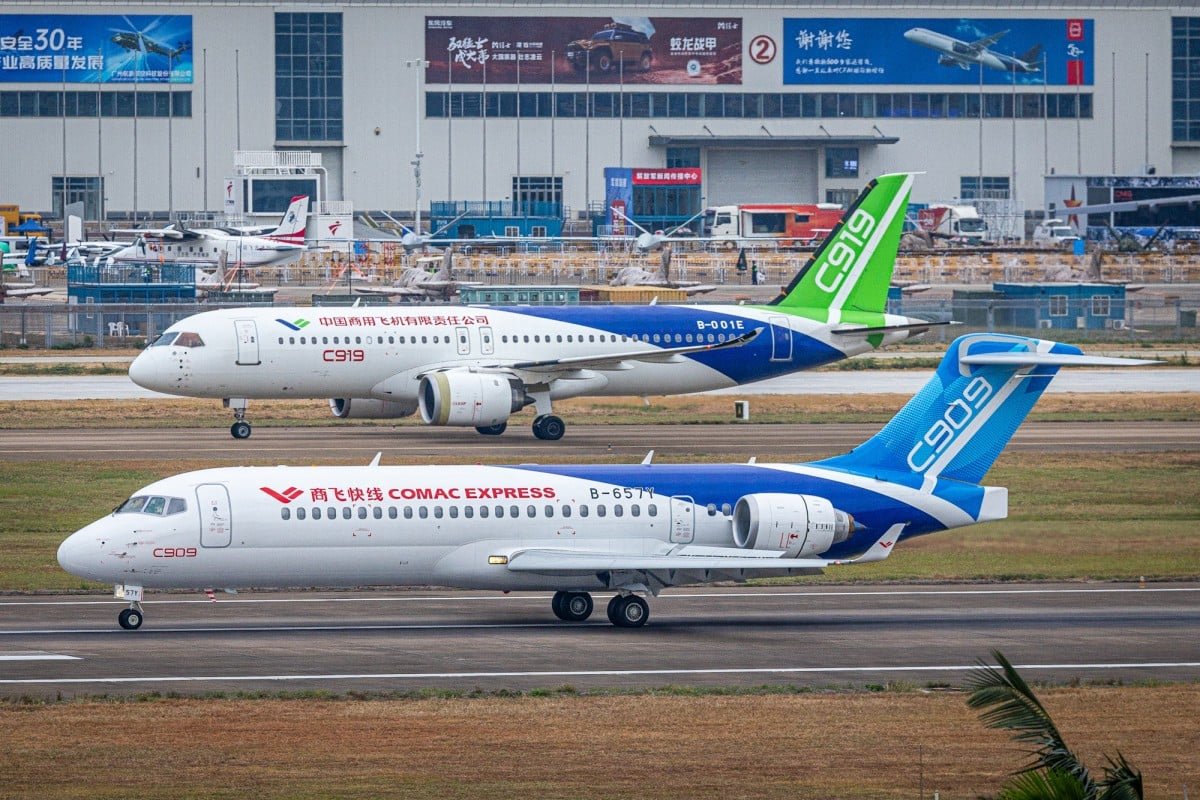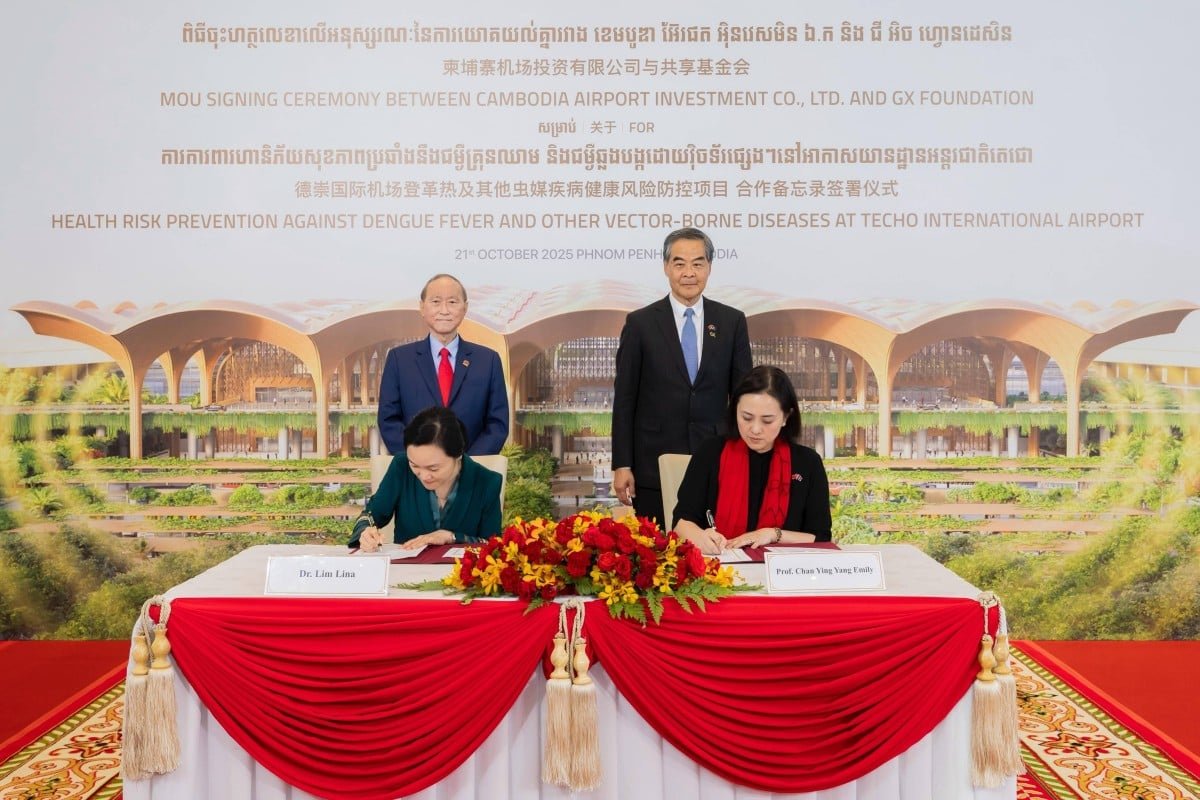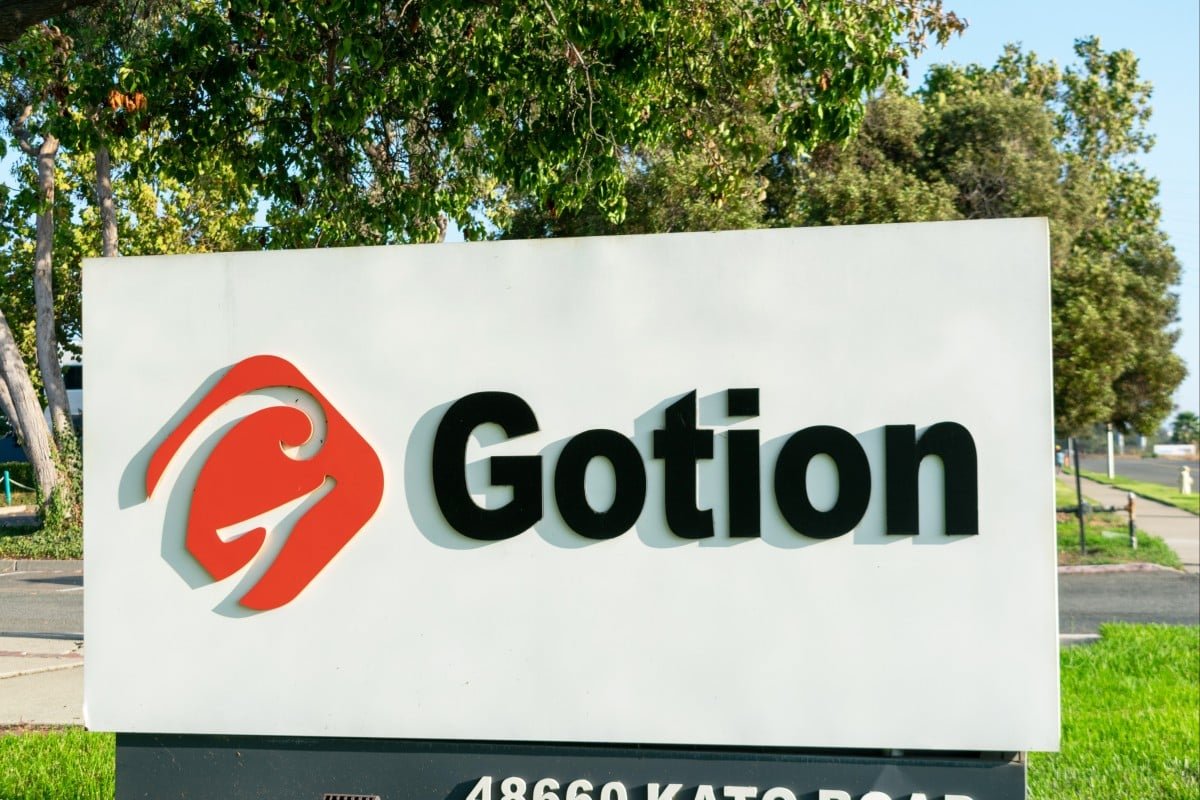The trial, scheduled to begin early in the new year, aims to assess whether the advanced sensors and alert system can provide rapid detection and reduce costs in low-rise buildings of six storeys or fewer.
Under the initiative, each pilot installation will take approximately two weeks and is expected to cost about HK$200,000 (US$25,700) per building.
By contrast, the conventional requirement of installing full hose-reel systems and fire-service pumps in such buildings can take five to six years and cost roughly HK$600,000 according to the department.
Deputy Chief Fire Officer Wong Yuk-ping said the scheme was grounded in “extensive scientific reasoning, with computer models on a theoretical level and real-fire trials to further prove its effectiveness.” The new system employs multi-sensor detectors linked to a central monitoring platform, allowing alerts to be sent directly to the Fire Services Communications Centre and occupants within minutes of detection.
Buildings eligible for the plan are those six storeys or under that have not yet installed conventional fire-safety infrastructure.
The pilot outcomes will determine how and when the broader rollout will begin, with the installation phase for the 3,600 targeted buildings expected from the second quarter of 2026. Support from professional bodies has already been secured: the Hong Kong Institution of Engineers’ Fire Division stated it “fully supports the Pilot Scheme of Internet of Things Fire Detection System”.
The initiative forms part of a broader strategy to enhance fire-safety standards in the city’s ageing building stock.
Authorities say the technology-smart approach offers a faster, less intrusive and more cost-effective alternative for structures where installing traditional water-based system upgrades is technically difficult or financially burdensome.




























